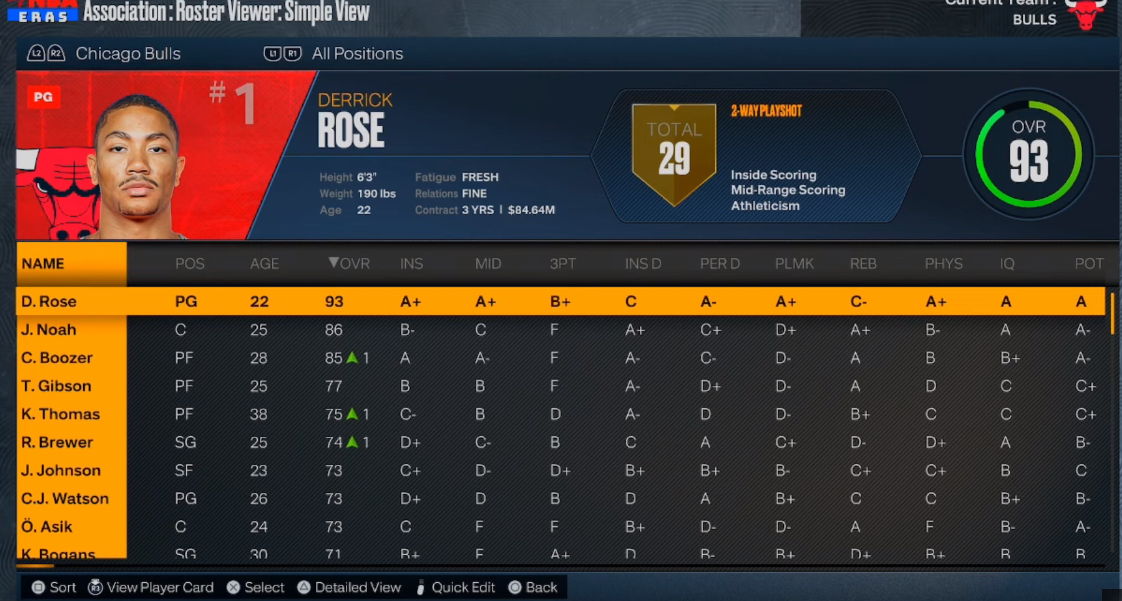Introduction
In the world of mobile app development, animations and transitions are essential components that can make or break a user's experience with an app. Flutter, being a popular framework for mobile app development, provides a range of tools and widgets that make it easy to create animations and transitions that enhance the user interface and user experience of an app. In this article, we will explore how to use animations and transitions in Flutter app development, their importance, and best practices for creating them.
Creating Animations in Flutter
Animations are a great way to make your app's interface more engaging and visually appealing. Flutter offers various tools and widgets for creating animations in your app.
Using the Animated Widget:
The Animated Widget is a Flutter widget that allows you to animate other widgets in your app. You can use it to animate properties such as opacity, size, and position. The Animated Widget works by creating an animation controller that defines the duration and type of animation. You can then pass this controller to the Animated Widget along with the widget you want to animate.
Using Animation Controllers:
Animation controllers are used to manage and control animations in Flutter. You can use them to define the duration, type, and other parameters of your animation. You can also use them to stop or pause the animation when needed. Animation controllers work by using values that change over time to animate a widget. These values can be passed to an Animated Widget or any other widget that accepts an animation.
Custom Animations:
Flutter also allows you to create custom animations using the Animation class. The Animation class allows you to define the value of a property at a specific point in time. You can use this to create custom animations that suit your app's needs. Custom animations can be used to create unique and visually appealing effects that are not available with pre-built widgets.
By using these tools and techniques, you can create engaging and visually appealing animations that enhance the user experience of your app.
Creating Transitions in Flutter
Transitions are another essential component of Flutter app development. They allow for smooth and seamless transitions between different screens or components in your app. Flutter offers several tools and widgets for creating transitions. If you're looking for a reliable Flutter app development company that can help you create engaging and visually appealing animations and transitions for your app, look no further than our company.
Using the Hero Widget:
The Hero Widget is a Flutter widget that allows you to create animations between two screens or components. You can use it to animate properties such as size, position, and opacity. The Hero Widget works by creating a transition between two widgets with the same tag. You can then specify the animation parameters, such as the duration and type of animation.
Using the SlideTransition Widget:
The SlideTransition Widget is a Flutter widget that allows you to create slide animations between two screens or components. You can use it to slide a widget in or out of the screen. The SlideTransition Widget works by defining the position of the widget at the beginning and end of the animation. You can then specify the duration and type of animation.
Custom Transitions:
Flutter also allows you to create custom transitions using the TransitionBuilder class. The TransitionBuilder class allows you to define custom animation parameters, such as the duration, type, and easing curve. You can also use it to create unique and visually appealing transition effects.
By using these tools and techniques, you can create smooth and seamless transitions between different screens or components in your app. This can enhance the user experience and make your app more engaging and visually appealing.
Best Practices for Using Animations and Transitions in Flutter
While animations and transitions can enhance the user experience of your Flutter app, they should be used carefully to avoid negatively impacting the app's performance. Here are some best practices for using animations and transitions in Flutter:
Keep it Simple:
It's important to use animations and transitions sparingly and only when necessary. Too many animations can slow down the app's performance and make it feel cluttered. Choose the most important elements of your app to animate or transition.
Consistency in Animation Styles:
Use a consistent animation style throughout your app. This will make it easier for users to understand how the app works and navigate through it. Consistency also helps to create a cohesive visual style for your app.
Smooth and Seamless Transitions:
Use animations and transitions to create a smooth and seamless user experience. Avoid using jarring or abrupt transitions that can be disorienting for users. Make sure that the animation or transition flows naturally and doesn't interrupt the user's workflow.
Test and Optimize:
Always test your animations and transitions on different devices and platforms to ensure they work correctly and don't negatively impact the app's performance. Optimize your animations and transitions to work well on devices with lower processing power.
By following these best practices, you can create engaging and visually appealing animations and transitions that enhance the user experience of your Flutter app.
Conclusion
In conclusion, animations and transitions are essential components in Flutter app development services. They enhance the user interface and user experience of an app and can make it more visually appealing and engaging. Our Flutter app development services focus on providing seamless user experiences by using animations and transitions to make your app stand out. Flutter offers various tools and widgets for creating animations and transitions, such as the Animated Widget, Animation Controllers, Hero Widget, SlideTransition Widget, and the TransitionBuilder class. However, it's important to use animations and transitions sparingly and follow best practices, such as keeping it simple, using consistent animation styles, creating smooth and seamless transitions, and testing and optimizing your animations and transitions. By following these best practices, you can create engaging and visually appealing animations and transitions that enhance the user experience of your Flutter app.






